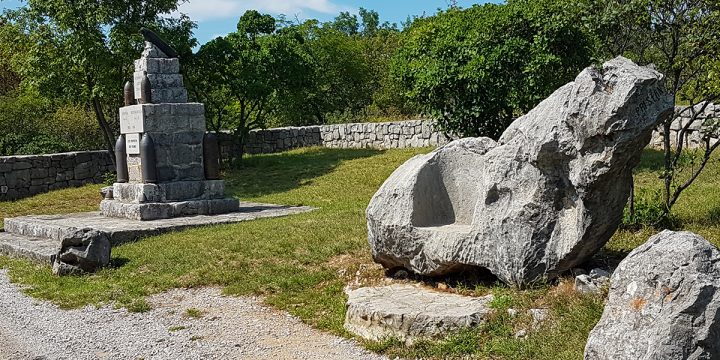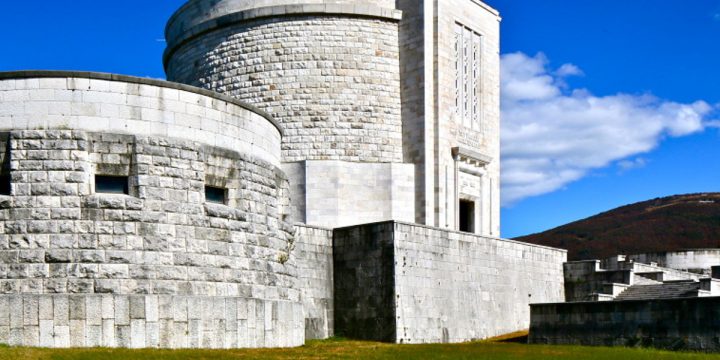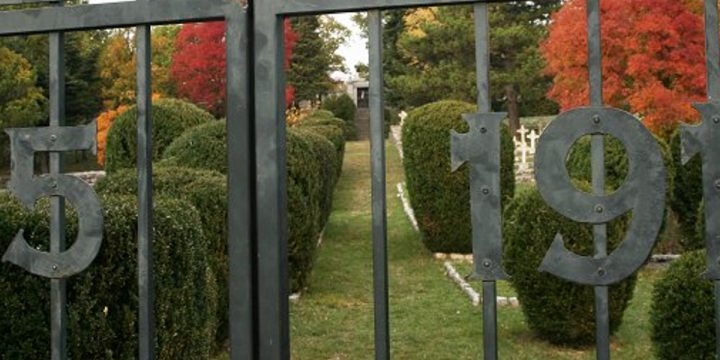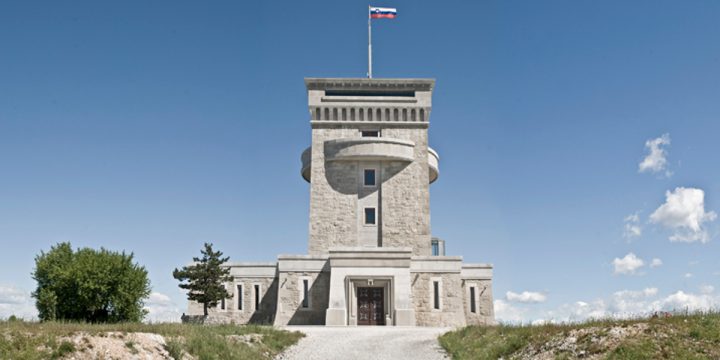
Throne of Borojević & Pečinka cave
Monument – Signpost and the Throne of Borojević The monument – signpost, built by the 43rd Infantry Regiment, was erected in honour of the commander to the 7th Austro-Hungarian Corps, Archduke Joseph, and also had the function of a signpost since it gives the distances to Lokvica and Kostanjevica. The throne of Borojević (the Emperor's – Borojević's Stone Chair) was named after the commander of the 5th Austro-Hungarian Army, Svetozar Borojević von Bojna. Source: Fundacija Poti Miru Pečinka cave Pečinka, with its 150 meters of length and 22 meters of altitude difference, is an oblique cave of natural origin (70% of today's cave) which proceeds in an artificially excavated tunnel, reaching the summit of the hill Pečina, height 308. Despite the presence of mineral deposits in the cave, the…



